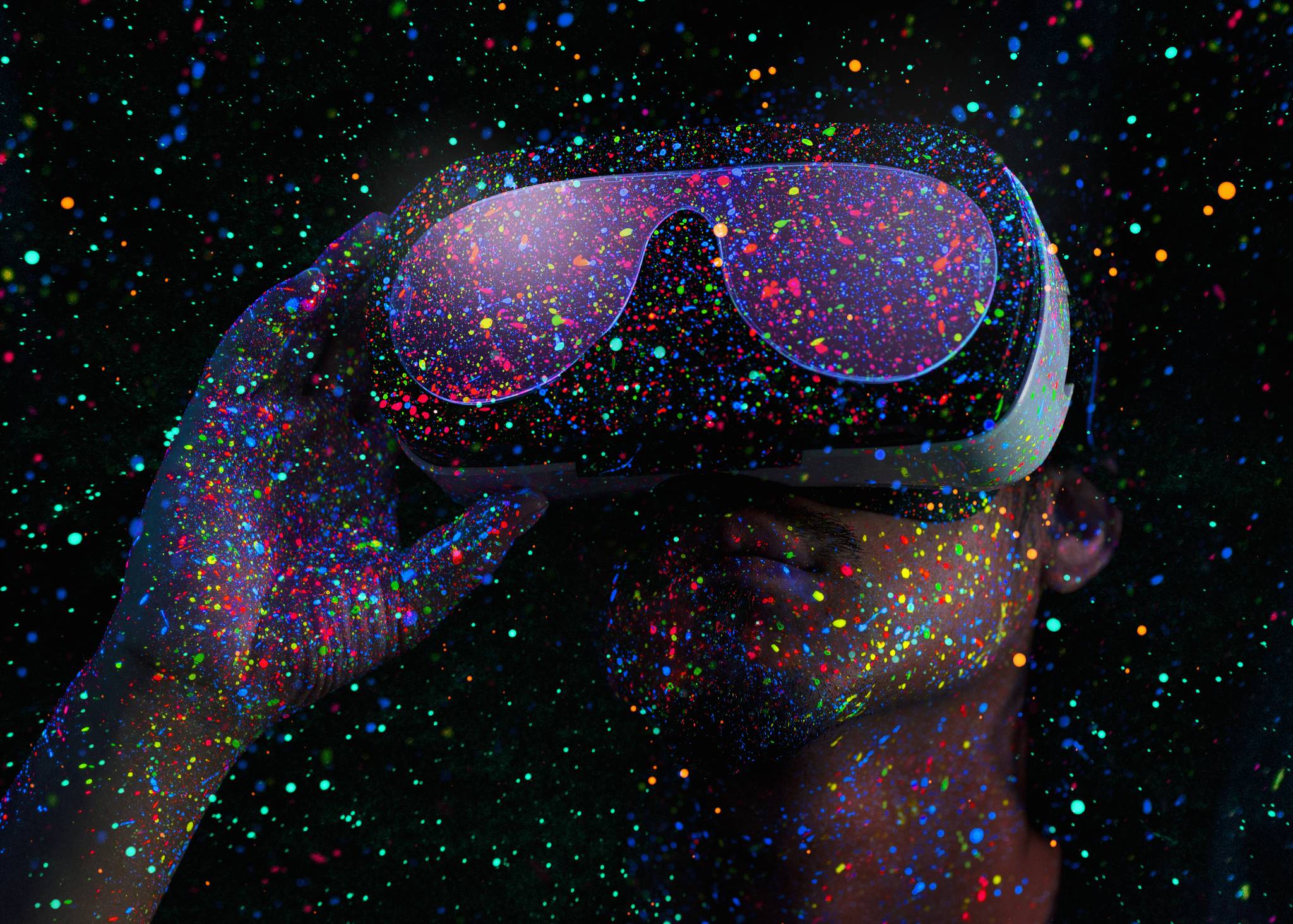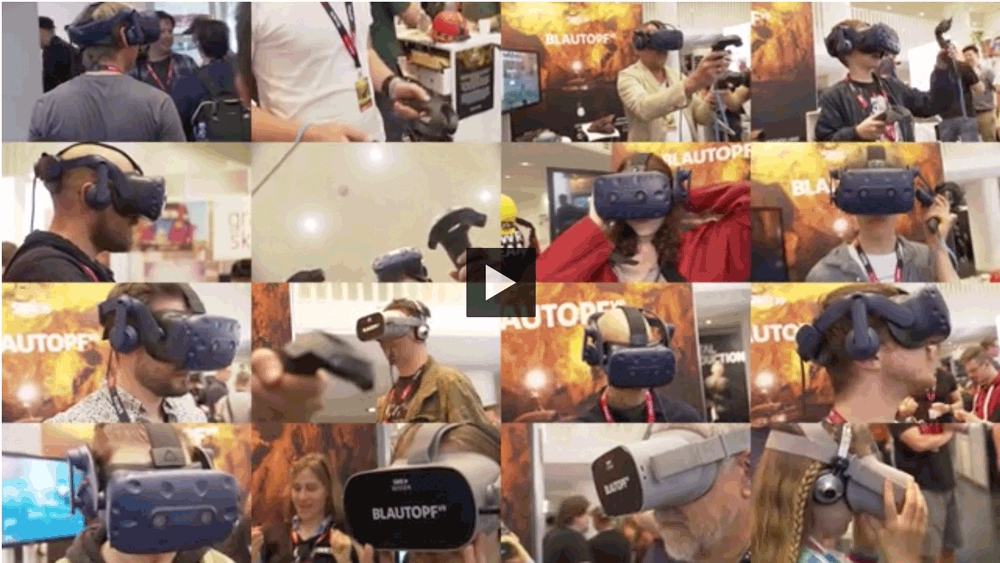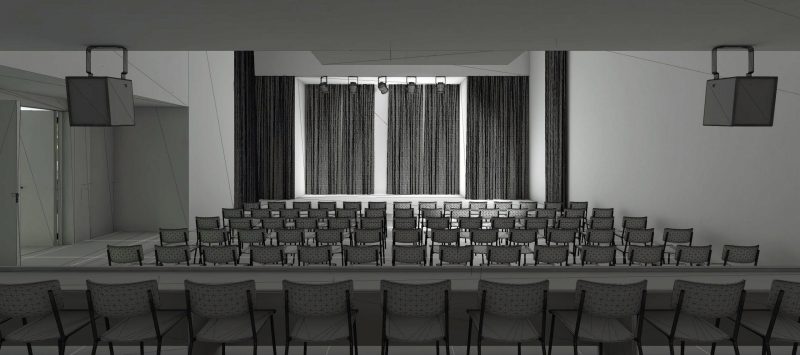From training miners to early childhood education student teachers who can’t get access to infants, virtual reality is helping students simulate a host of scenarios.
Virtual reality is still finding its footing in higher education, but with the cost of headsets declining and a growing number of software, as well as tools for users to create their own content, more classrooms are adopting VR.
At Indiana University Bloomington, professor emeritus Bernard Frischer is using a virtual tourism app from his own company, FlyoverZone, to teach students about archaeology. His VR software takes students on tours of ancient ruins as they appear today — and as they once appeared. His tours include World Heritage Sites in Italy, Egypt, Greece, Mexico and Lebanon.
New VR software was recently adopted by the University of Canterbury in New Zealand to help train early childhood education student teachers who are unable to gain access to working with infants. The software is designed to clue students into non-verbal cues from infants that non-family members have difficulty identifying. Beyond VR, the system also includes gloves that provide haptic feedback to simulate the resistance one would feel when handling an infant.
At the University of Utah, students attending the Center for Mine Safety and Health at the Department of Mining Engineering are using VR to recreate the experience of entering a mine and operating equipment. The training is designed to improve safety and boost the confidence of students, without the risk of entering a real mine.
According to a June report from Fortune Business Insights, the virtual reality education market is projected to grow from 5.69 billion in 2024 to 42.40 billion by 2032. The nonprofit Educause was more cautious in its projections last year, plotting out several possible scenarios, including large growth or possible stagnancy.
Catawba College, a small, private liberal-arts school in North Carolina, is planning this fall to bring some of its biology students VR scenarios from Dreamscape Learn, with the aim of boosting engagement in a subject that some find difficulty connecting with.
Quelle:
Foto: Getty Images




